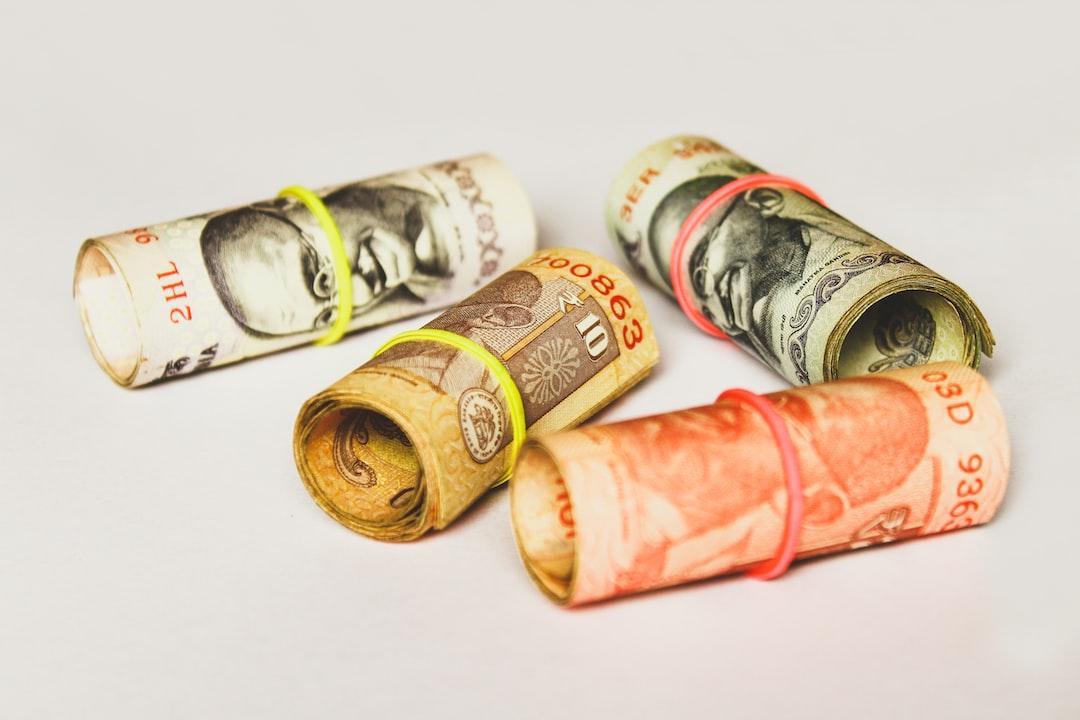Is Your Money Really Yours?
The New Taiwan Dollar has surged from 33 to 29.7, marking the most significant appreciation in recent years. On the morning of May 5, as the public rushed to various bank apps to purchase cheap foreign currency, disaster struck—apps from multiple banks, including Taishin, Cathay, and Citibank, crashed completely. Exporters were left in despair, while currency exchange customers stared blankly at the “system service temporarily suspended” screens. Online banking turned into a “digital graveyard,” and ATMs became “the bonsai of the financial industry.”
This “foreign exchange chaos” serves as a wake-up call: when a financial storm hits, is your money really yours?
The “Trust Crisis” of Centralized Finance
According to data from the central bank, the New Taiwan Dollar appreciated nearly 10% since the end of 2024, causing exporters to suffer losses of billions due to currency dumping, while companies hoarding U.S. dollars were bitten back by the exchange rate. Even worse, the surge in transaction volume led to a complete “collapse” of the banking system. Taishin Bank admitted that they “exceeded the app’s capacity,” while Cathay Shinhan’s system indicated a wait time of 5 minutes, and many banks simply suspended services.
The central bank governor called out “market vultures” speculating on currency trading, proclaiming “strict monitoring,” yet was sarcastically accused of “lying flat,” leaving the public to curse while scrolling through their phones. This is not just a technical issue, but a crisis of trust. Centralized finance locks your assets in bank servers, where exchange rate fluctuations, system crashes, and even policy reversals leave you powerless to respond.
Non-Custodial Wallets: Private Keys in Hand, Assets Under My Control
In contrast, the Bitcoin network has never gone offline since its launch in 2009; Ethereum only experiences rising transaction fees during its busiest times, rather than system crashes. This difference stems from fundamentally different architectural designs: traditional banks’ centralized servers are prone to single points of failure, while the decentralized nodes of blockchain possess inherent pressure resistance.
When traditional finance “freezes,” the blockchain’s “Own Your Asset” philosophy transforms from a crypto meme into a lifesaving solution. Non-custodial wallets allow you to hold your private keys, breaking free from reliance on banks. According to CoinMarketCap, by 2025, the trading volume of stablecoins has surpassed $1.2 trillion, indicating that more users are turning to blockchain for hedging.
For instance, a Taiwanese apparel exporter uses a wallet to store USDT, and when currency chaos strikes, they can directly convert their assets, saving on high exchange rate differences. The time for funds to arrive has shrunk from 3-5 business days to just a few minutes, and transaction fees have decreased from 2-3% to less than 1%.
According to Dune Analytics, the number of active non-custodial wallet addresses globally exceeded 120 million in 2024, growing by 30%. This trend is not just about technology, but a wake-up call for financial autonomy. When banks crash, blockchain users can open their wallets at any time, check their private keys, and continue trading—this is the true essence of “Own Your Asset.”
During this surge in the New Taiwan Dollar, many businesses and individuals sought hedging channels. Traditional forward foreign exchange contracts are complex and have high thresholds, making them unsuitable for small and medium-sized enterprises or individual users. Stablecoins provide a more flexible option. Cryptocurrencies like USDC and USDT, which are pegged to the U.S. dollar, maintain value stability through market mechanisms without the need for central bank-style administrative intervention. When price differences emerge in the market, arbitrageurs automatically make adjustments.
The Need for Modernization of Financial Infrastructure
Of course, non-custodial wallets are not a panacea. If you lose your private key, your assets can “evaporate”—this is far worse than forgetting a bank password. Recent virtual currency fraud cases in Taiwan (such as the ACE exchange incident) remind us that user education and regulation remain pain points. However, this incident highlights the urgent need for modernization of Taiwan’s financial infrastructure. Many banking systems are still using technology architectures from decades ago, akin to using old plumbing systems to cope with a sudden influx of water, which naturally leads to leaks.
Singapore’s PayNow system integrates blockchain technology to achieve instant interbank transfers; Japan’s banking alliance is testing a blockchain-based settlement system. These innovations are not meant to upend the existing system but to introduce efficiency and transparency of blockchain while retaining the advantages of traditional banks.
The future financial system is likely to be a hybrid of traditional finance and blockchain finance. The key lies in finding the best combination of both to create financial services that are secure, compliant, efficient, and convenient.
The chaos surrounding the New Taiwan Dollar acts as a mirror, reflecting the cracks in centralized finance, and igniting the spark of “Own Your Asset.” KryptoGO’s non-custodial wallet is not just a technological toy but a passport to the Web3 era—ranging from stablecoin hedging to AI-driven payments and the future of decentralized identities, it empowers you to be the true owner of your assets.
The next time the banks crash and the central bank starts playing “guessing games” again, simply open your preferred non-custodial wallet and check your private keys. Financial storms may be inevitable, but with a non-custodial wallet, you can at least calmly say: “My assets, my say.”
From my perspective as a Web3 practitioner, we are not out to disrupt banks but to collaborate with traditional finance to build a more resilient, efficient, and inclusive financial system. When the next financial storm arrives, I hope we have better infrastructure to meet the challenges.

